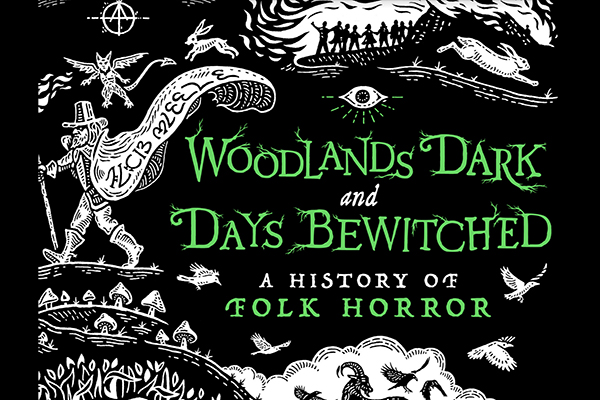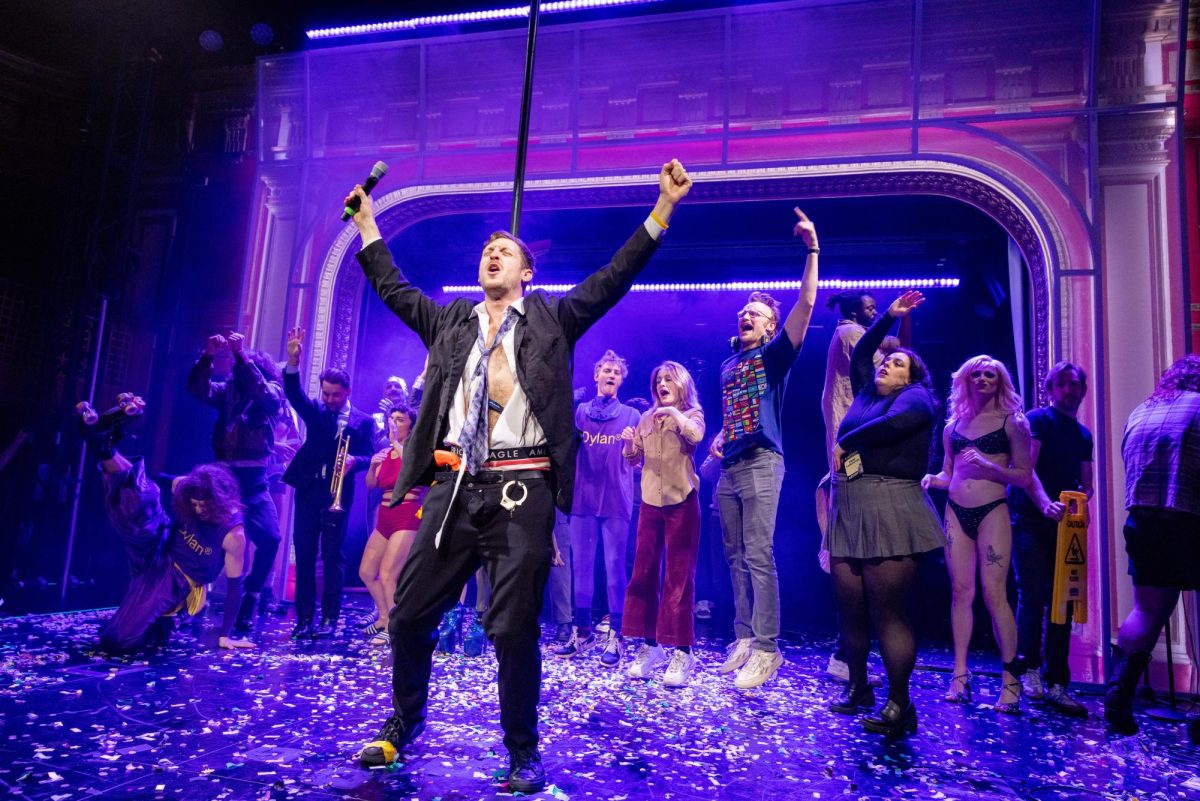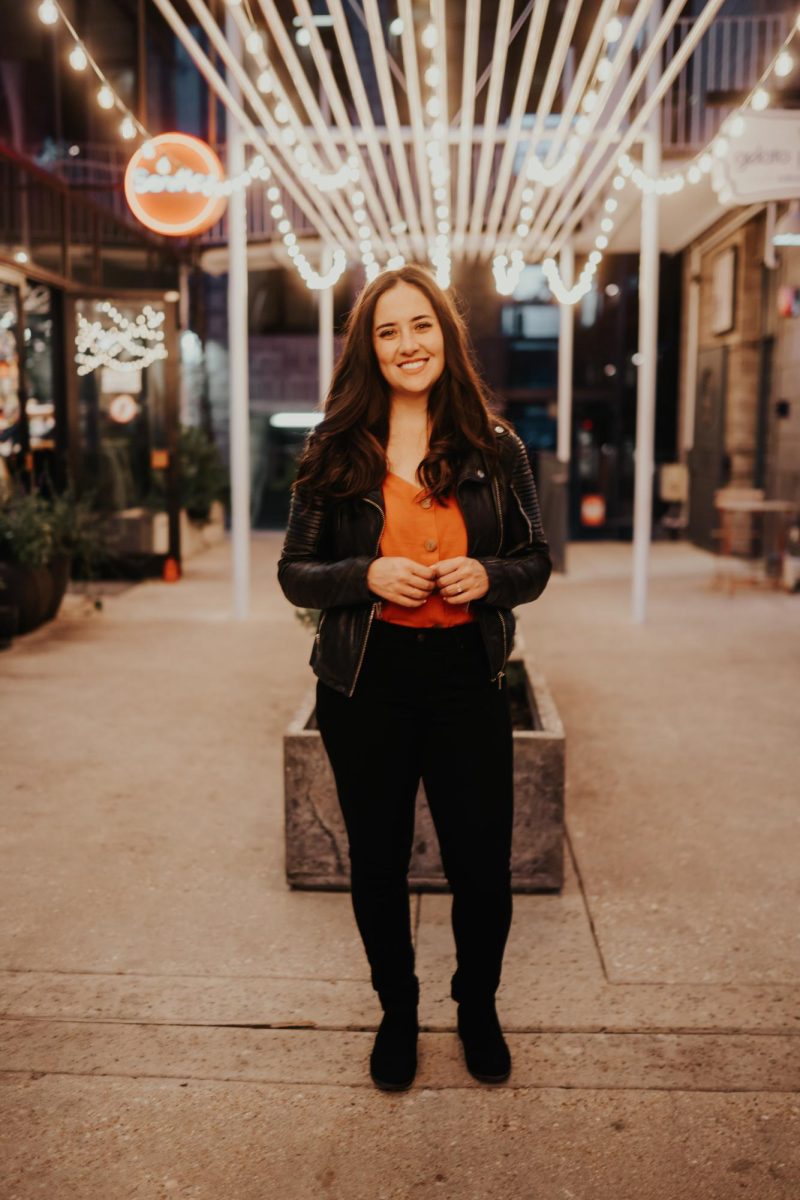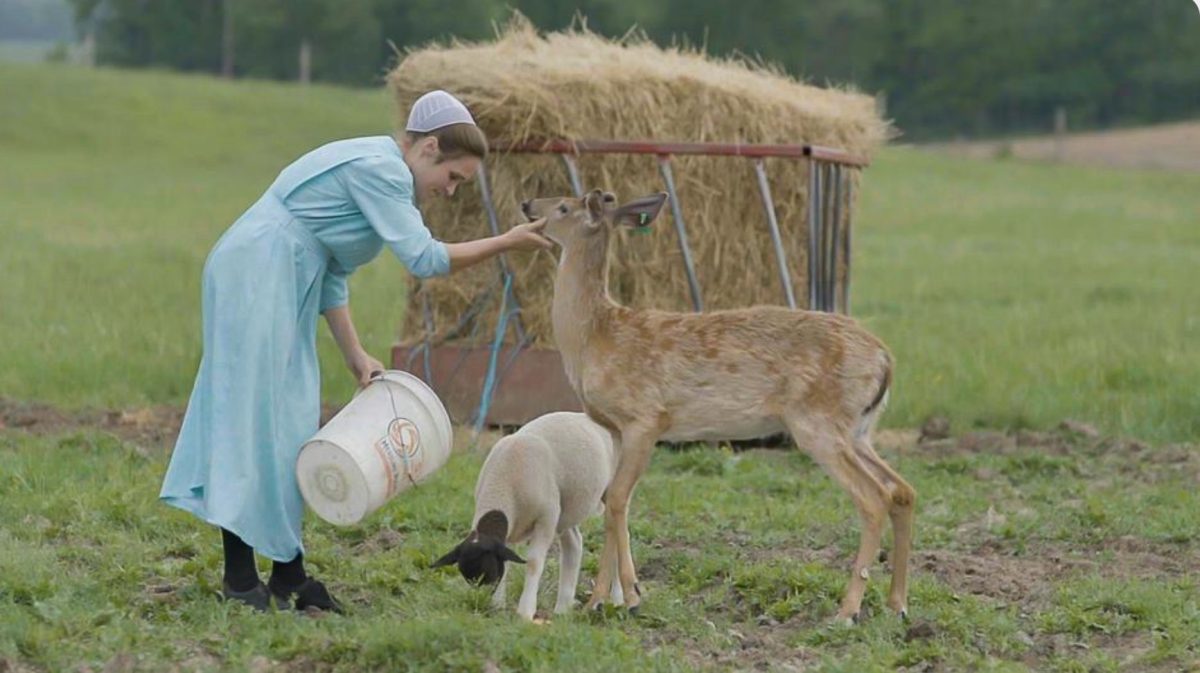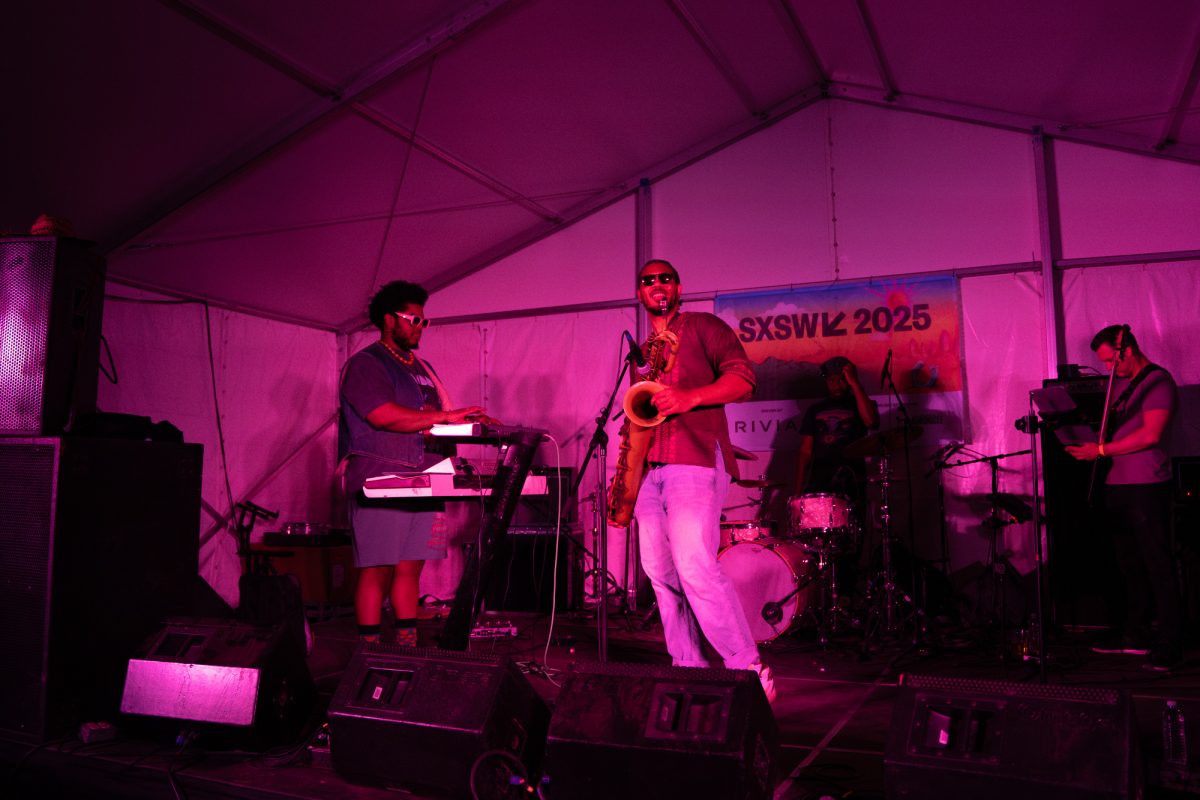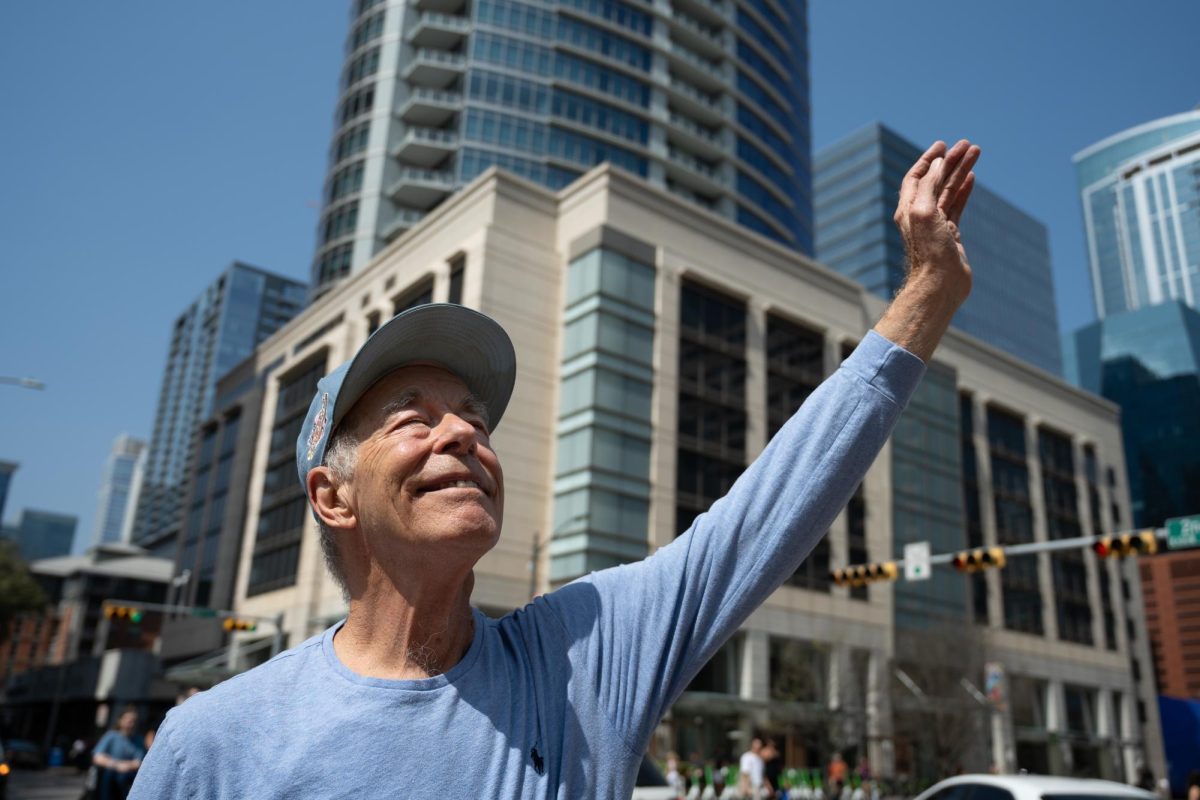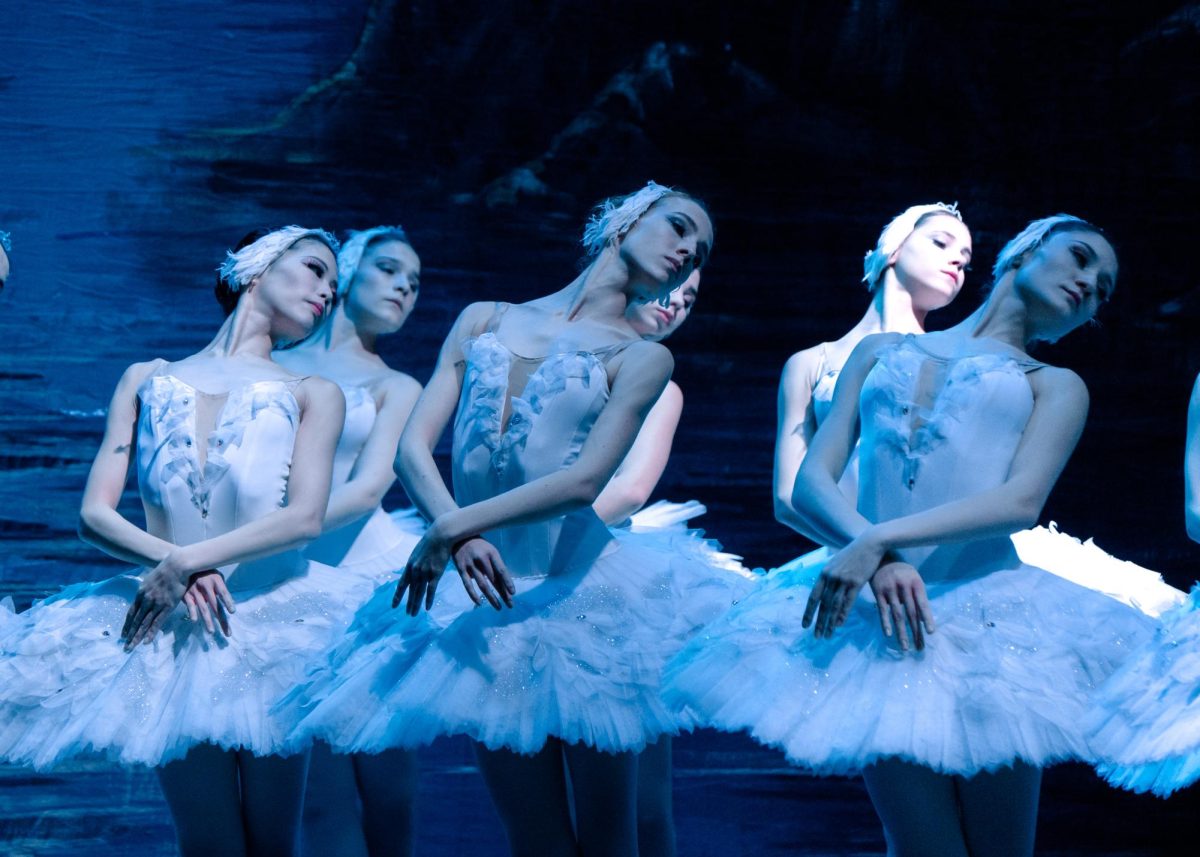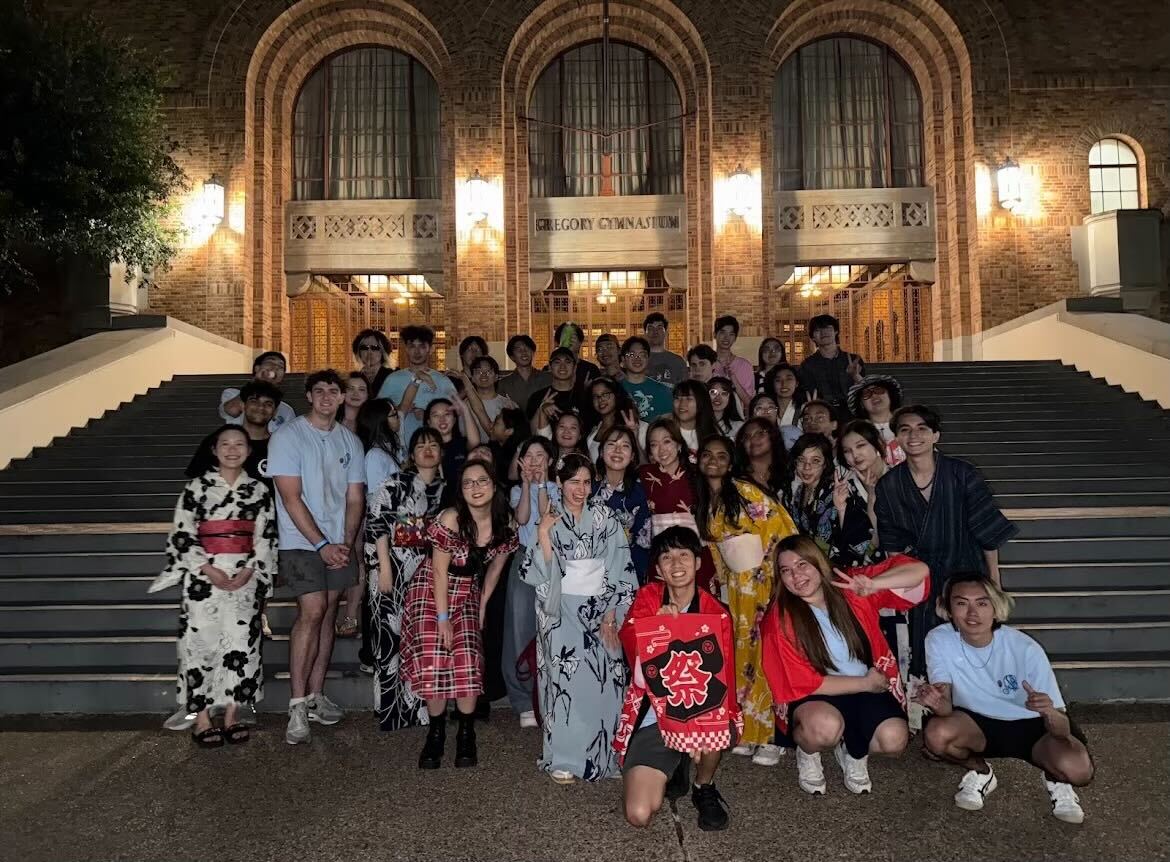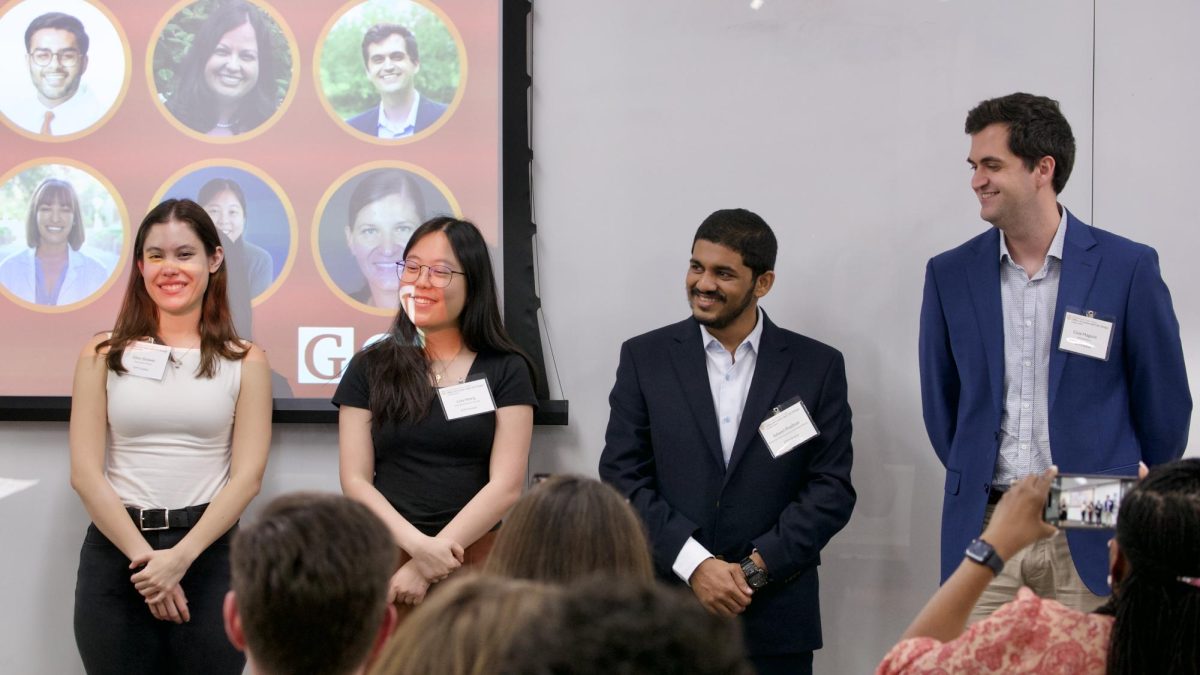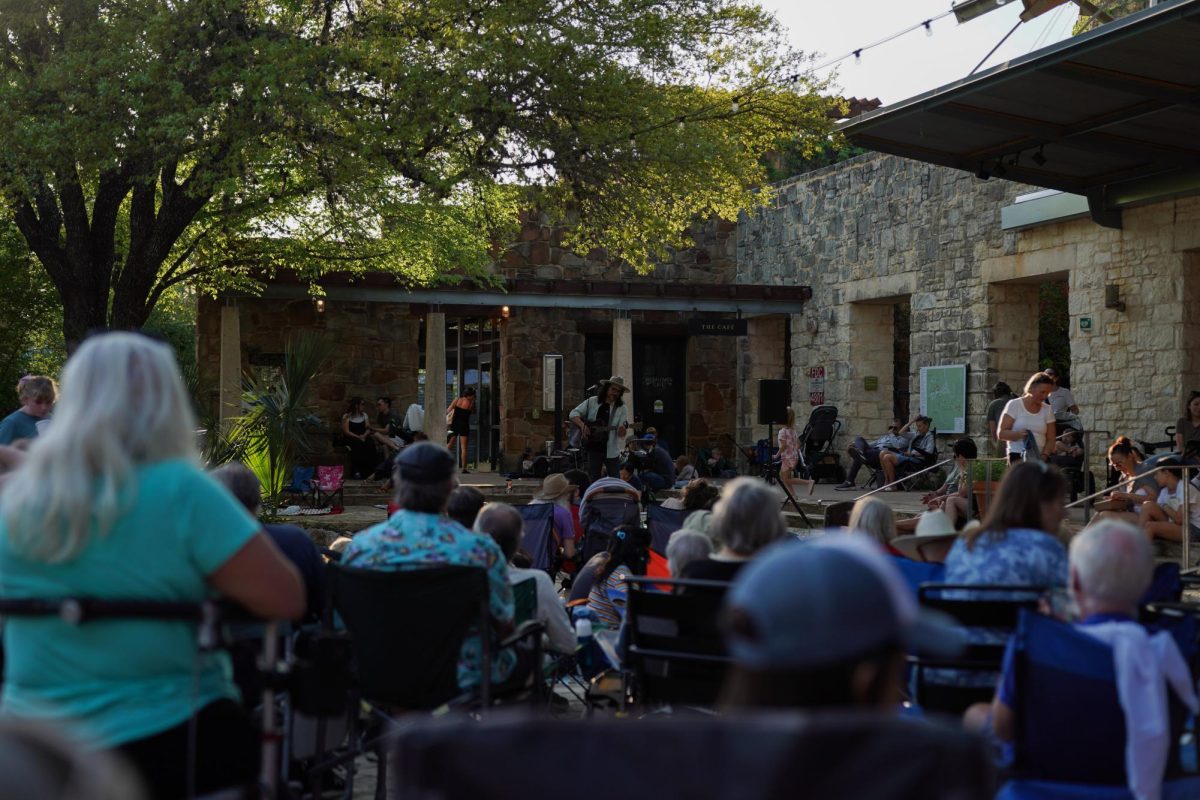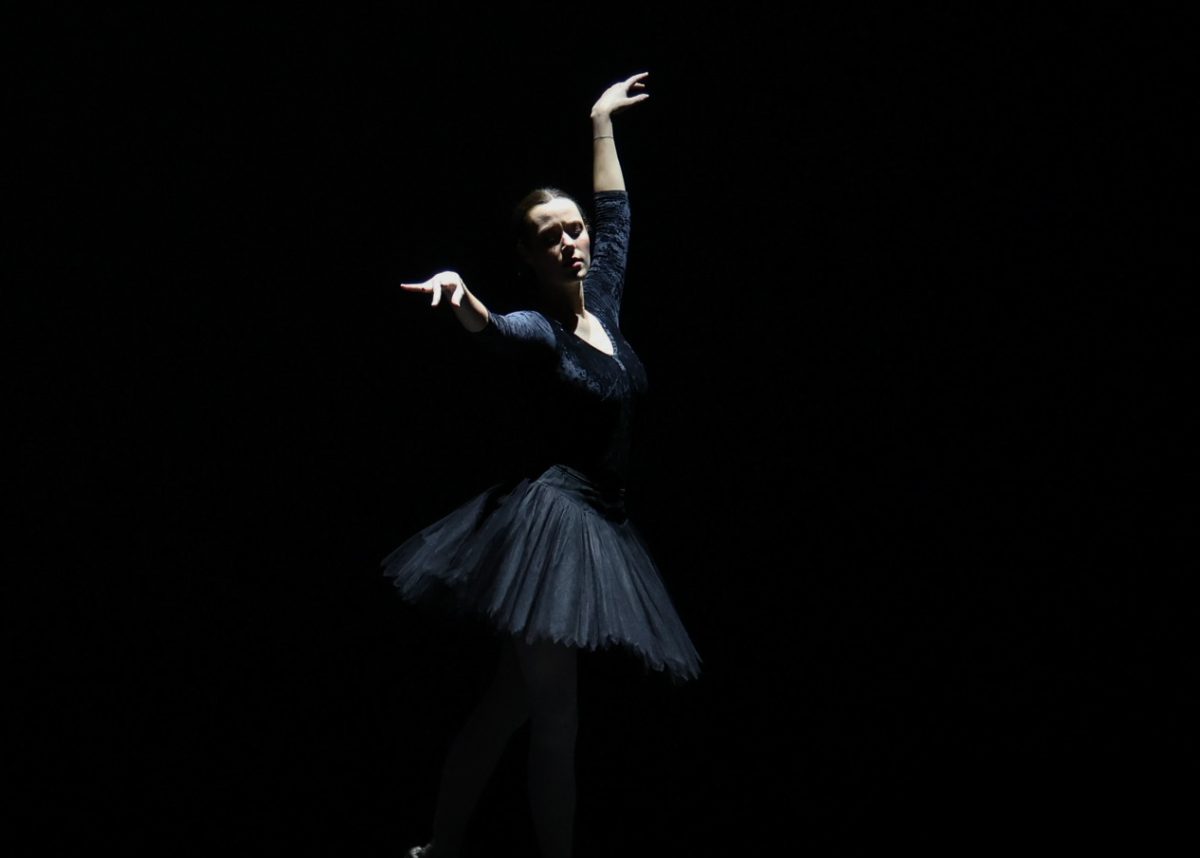“Woodlands Dark and Days Bewitched,” a new documentary that premiered at South by Southwest 2021 on Wednesday, focuses on the evolution and history of the folk horror subgenre. The film features more than three hours of archival footage, spooktacular animations, film clips and interviews with filmmakers.
The Daily Texan spoke with director Kier-La Janisse and executive producer David Gregory about the enormous documentary.
The Daily Texan: How did you approach organizing a documentary with such a large amount of content to cover?
Kier-La Janisse: It all kind of happened in a modular way. … We actually started off making something quite small, and then it would grow incrementally. As we went piece by piece, we realized, “Oh, we were missing this,” or, “We needed this.” Originally, it just started out as a short 30-minute documentary about folk horror specifically from British folklore to accompany the Blu-ray release of “(The) Blood on Satan’s Claw.” So then, David Gregory — it was his idea to make it a feature. I sent in a 2 hour rough cut, and instead of telling me to cut it shorter, he had the idea to refine and expand it.
DT: What’s your favorite folk horror film?
KJ: I have several favorites. “A Field of England” is definitely one of my favorites. I really like “Stigma.” I really loved “Demon,” a Polish film from 2015. There's a film called “Ichi” that we don't really showcase a whole lot in the film because it was really new and I didn’t want to spoil anything for audiences by talking about it too much. … It’s set in this very far eastern region of Russia, … so it’s got all of this amazing cultural stuff that you don’t see. … It’s really hard to say because I have many favorites for different reasons.
David Gregory: I hate to be so obvious but “The Wicker Man” is been the one film for me since I first saw it when I was quite young, and I was trying to see every horror movie that had a picture in either Alan Frank’s book or Dennis Griffin’s book, … so I rented that movie around the time that I was renting a lot of Euro-cult horror movies, and it was just so different. First of all, this is a daytime horror movie but it’s also got a lot of musical interludes. I went, “Is this even a horror movie? I don’t understand what I’m seeing!” until of course you get to the end where you just wind up shocked. One of the first documentaries I ever did was a making of “The Wicker Man” for the Anchor-Bay DVD in 2000, I think it was. That was quite important to my career because it brought me to the U.S., and I’ve stayed here ever since.
DT: How did you approach creating the beautifully haunting montages and sequences between interviews?
KJ: I think a lot of that would be down to the editors, Benjamin Shearn and Winnie Cheung. A lot of what I had written was much more information based, so it was picking all the pieces from the interviews that I wanted to use and creating a script out of it. I knew that I wanted ways for it to sort of feel more like a folk horror movie, but I didn’t necessarily give them strict directions on how to accomplish that. … All of those kinds of montage sequences are really their creations as editors. … (They) made the documentary feel like it is a folk horror movie.
DG: I think that’s what made it into the movie that it is. It has interludes where poems are read by key figures from folk horror, and then the animations and Super 8 (camera) that was shot for it. There’s a lot that really elevates it from just a talking head documentary.

